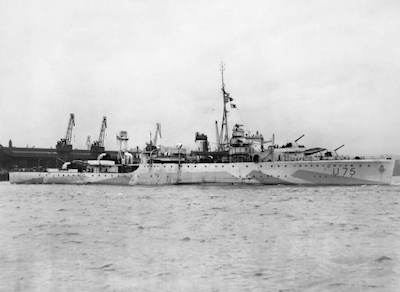Ivor Johns
 |
| Ivor Johns Portsmouth Naval Memorial credit - findagrave |
Ivor Johns was born in 1919 in Swansea. He was the youngest
son of William Johns and Eliza Ann Morgan, who were married in 1903 in Newport,
Monmouthshire.
During the 1921 Census, the Johns family lived at 10
Danygraig Terrace.
William, 42, born in Ebbw Vale, worked as a Tin Plate
Shearer at Baldwins King Dock Works but was unemployed. Elizabeth, 38, was born
in Abercarn. They had children.
Gladys Lillian, 16; William, 14, an apprentice at British
Wagon Works. Griffith Morgan, 12; Phillip George, 10; Matthew Henry, 7, all
attended school. Ivor, 2.
Also present were visitors A. R. Fellows, 36, born in
Batheaston, Somerset, and S. Withers, 36, born in Bath, Somerset. Both worked
as painters employed by Baynall and Sons Yorks Painter.
 |
| H.M.S. Egret |
At the outbreak of the Second World War, Egret was located at Laurenco Marques in
East Africa. She briefly participated in operations to locate raiders in the
Indian Ocean before returning to the UK via Suez and Gibraltar. In 1940, Egret was stationed at Rosyth and
assigned to escort east coast convoys in the North Sea during the Norway
campaign. In December, she transferred to Western Approaches Command and was
based at Londonderry, where she escorted SL/OS convoys to and from Freetown in
West Africa.
In June 1941, Egret
was docked for a refit before resuming escort duty.
In January, Egret
was escorting SL 97 when it faced an attack by German aircraft and
U-boats. The convoy received reinforcement from the Gibraltar Strike Force, an
ASW support group, and U-93 was
destroyed without any losses to the convoy.
In October 1942, Egret took part in Operation Torch, the
Allied landings in French North Africa.
In December 1942, the Egret
was escorting convoy MKF 4 from Gibraltar when it intercepted the blockade
runner Germania, which was
deliberately scuttled by its crew to evade capture.
In 1943, Egret
escorted convoys to and from North Africa. In August, while escorting MKF 20
from Gibraltar, Egret was assigned to
relieve 40 EG in anti-U-boat operations in the Bay of Biscay.
On the 27th of August 1943, the 40th Support
Group was relieved by the 1st Support Group, comprising the sloop Egret, along with the sloop Pelican and the frigates Jed, Rother,
Spey, and Evenlode. The group came under attack from a squadron of 18 Dornier
Do 217 aircraft armed with Henschel glide bombs. One of the two covering
destroyers, HMCS Athabaskan,
sustained severe damage, and Egret
was sunk, resulting in the loss of 194 crew members. Additionally, four RAF
Y-Service electronics specialists, who were onboard to operate surveillance
equipment designed to monitor Luftwaffe bomber communications, perished in the
attack, bringing the total fatalities to 198. These RAF personnel are often
excluded from published casualty figures. The other destroyer, Grenville, faced missile attacks from
the Dorniers but managed to evade the glide bombs through effective
manoeuvring.
Egret was the
first ship to be sunk by a guided missile, which resulted in the suspension of
anti-U-boat patrols in the Bay of Biscay.



Comments
Post a Comment